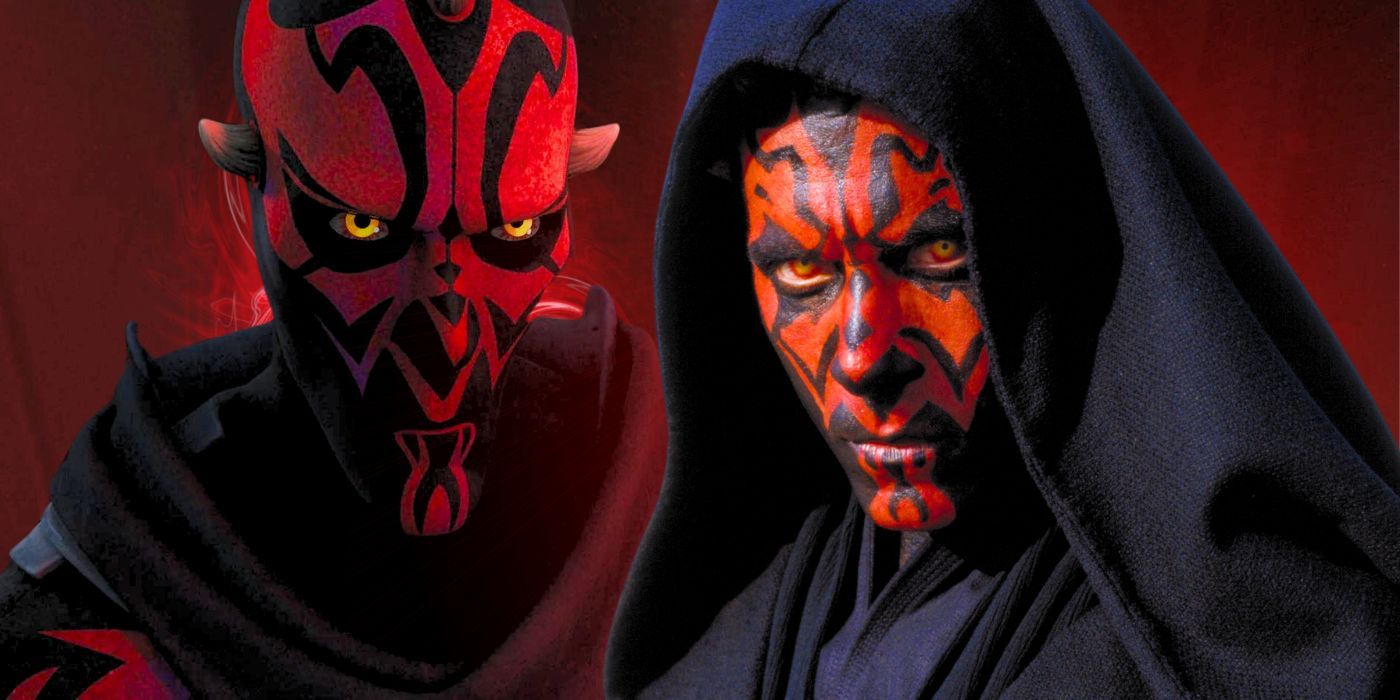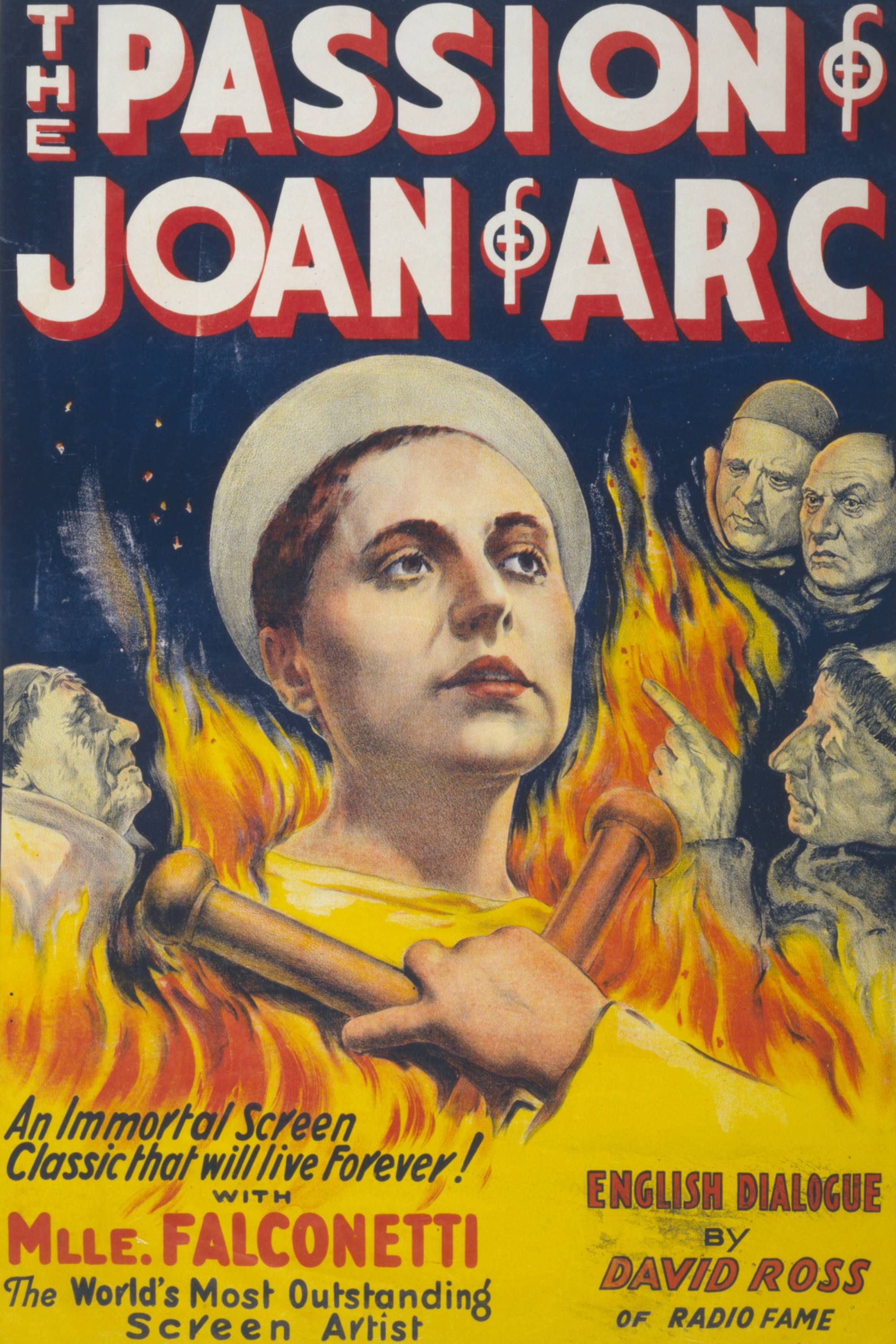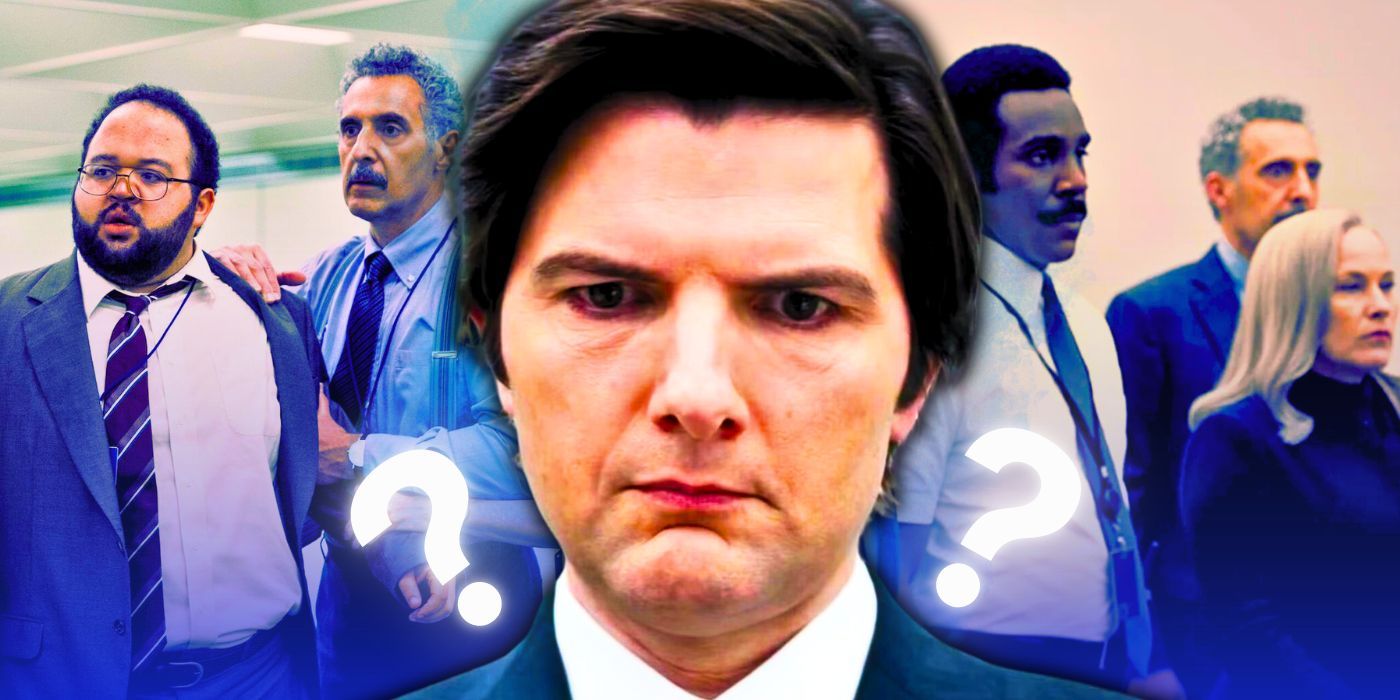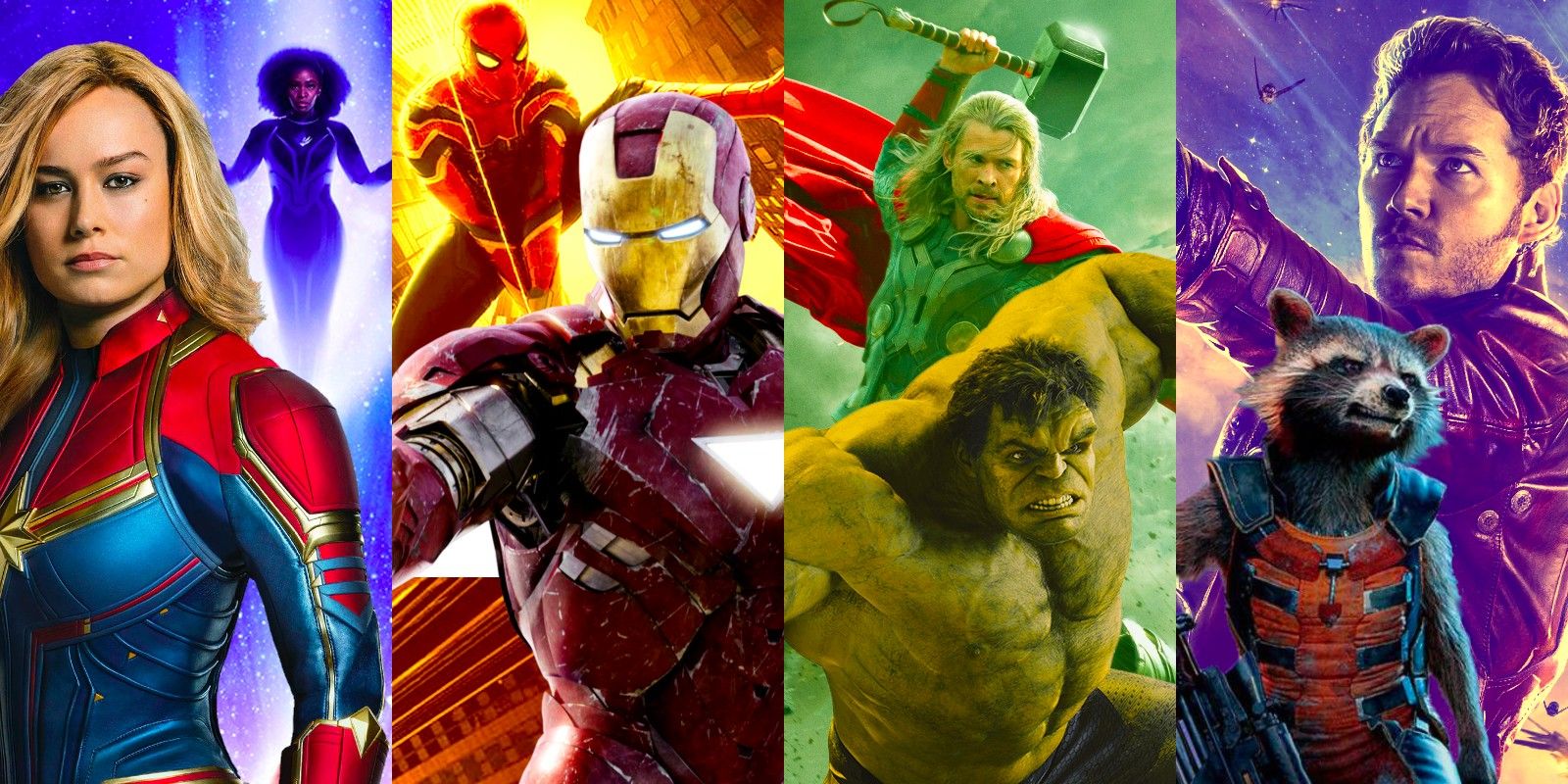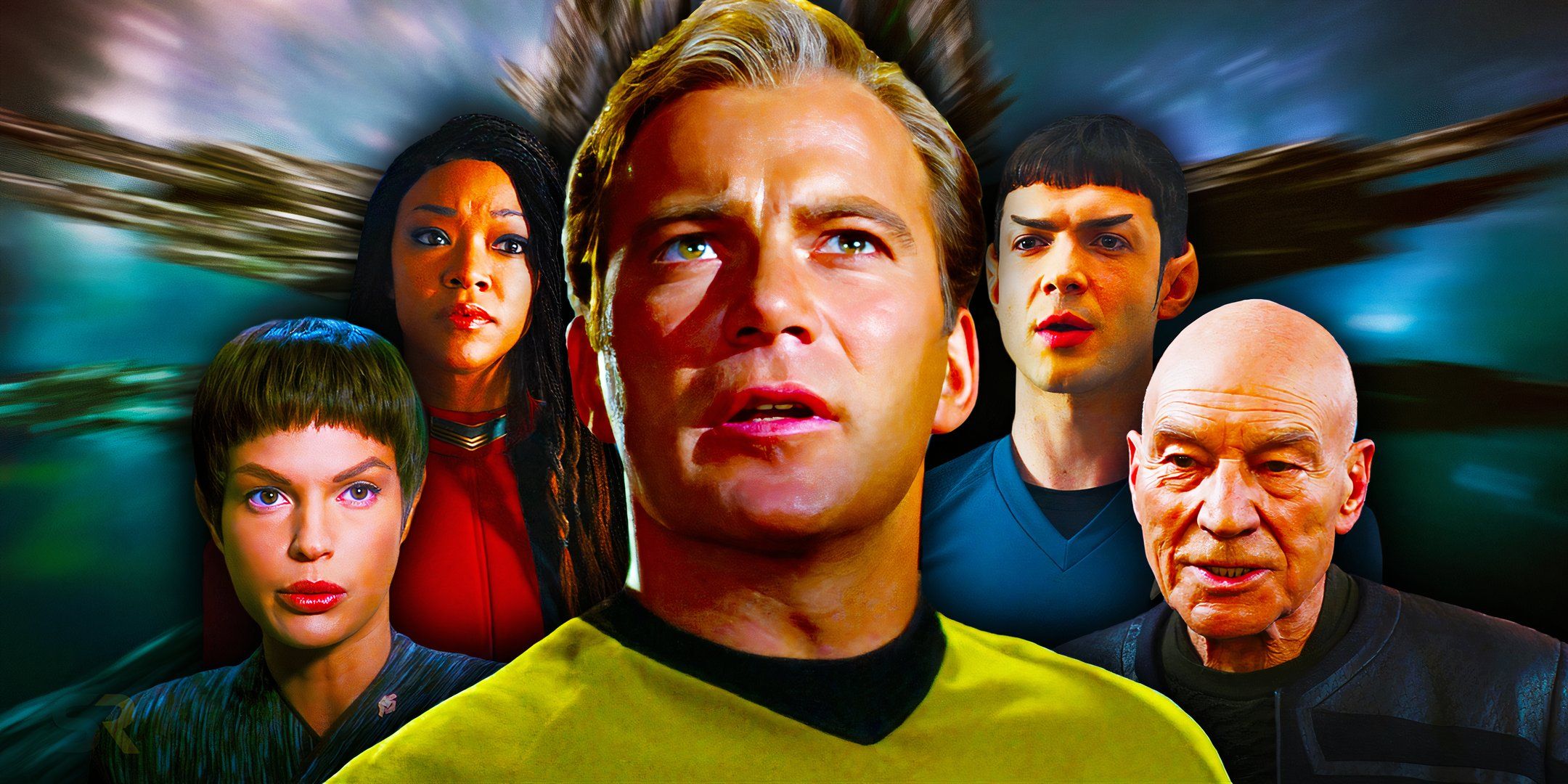Andor has been a stunning success for Lucasfilm and Disney+, as the show has garnered favorable reviews from critics and fans alike. As the three-episode prison storyline comes to a thrilling conclusion in episode 10, it will certainly be interesting to see how showrunner Tony Gilroy and the other minds behind the show wrap up the first season. If the rest of the series is any indication, one safe assumption is that the final two episodes of Andor season 1 will continue expanding the Star Wars universe in new and interesting ways.
One of the most interesting aspects of Andor is no doubt the way the show delves deep into the everyday lives of people in the Star Wars universe. From low-level workers to thieves and senators, Andor sheds light on the family lives and living habits of its characters in a way no other Star Wars property truly has. Much credit is surely due to Andor‘s production designer Luke Hull as well as the show’s costume designer Michael Wilkinson, in addition to the rest of the creative team.
Hull and Wilkinson spoke with Screen Rant about bringing new depth to the Star Wars universe through their practical and aesthetic choices.
Luke Hull & Michael Wilkinson On Crafting The World Of Andor
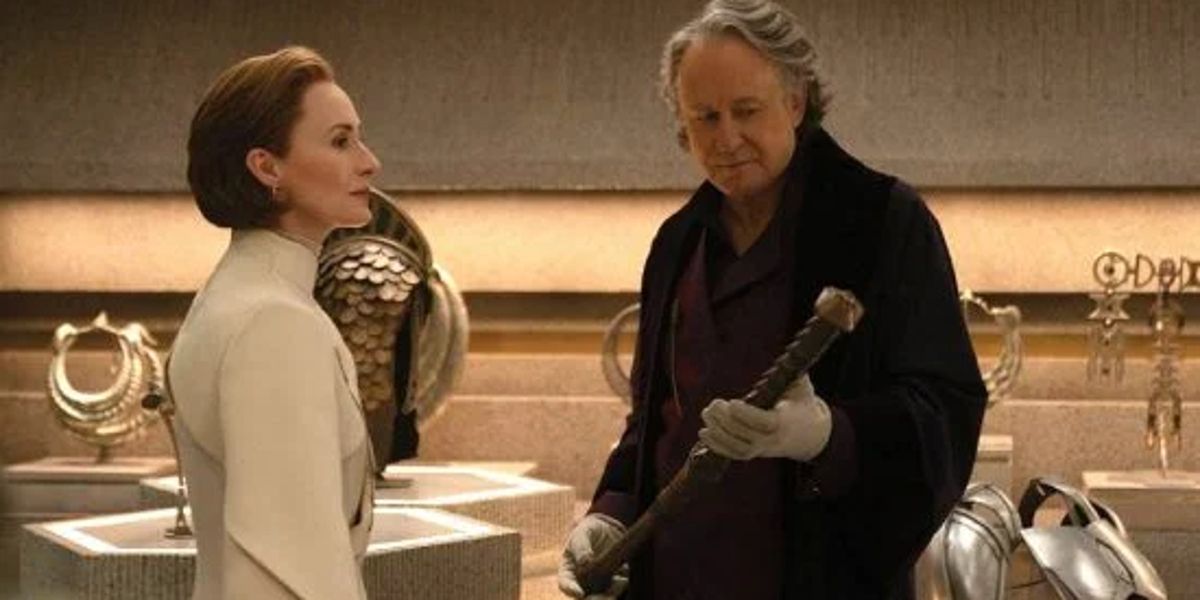
Screen Rant: Luke, for anyone that isn’t super familiar, can you talk about the job of a production designer on a show like Andor?
Luke Hull: I think it’s the same as the job that does production design on any show, but there were a lot more things to think about. This show was kind of different for me because we hit the ground running without scripts, but with sort of an outline and a very fast and furious writer’s week.
I think what’s really been quite fantastic about this show is the relationship with Tony, actually. As a writer, he’s very generous. We’ve been designing, and he’s been writing, and we’ve been trying to feed both. Obviously, he’s writing everything that goes in, but it’s been that organic back-and-forth process. It’s actually been really enjoyable, and I think everyone has felt it on the show. He’s very accessible; I think that’s what I’m trying to say.
Within that, it’s felt quite freeing for us to really flesh out whole worlds, dig quite deep, and build this show from the ground up with not necessarily too many restrictions straight off the bat. With that said, I suppose, as a production designer on a show like this, it’s just a lot to do. It’s always going to be more built environment than anything, and I think that’s the thing. We didn’t want to use the volume. We didn’t want to have to go down that route; it doesn’t suit Tony’s writing. So, that puts us immediately trying to build big-scope worlds.
I love working on location. It’s quite hard to take Star Wars on location for various reasons, but I think what’s exciting about being a designer on a show like this, where you’ve got 12 episodes to play with, is that you can really think about sets that aren’t just purposed for one scene. You can think about tying them together, so a town like Ferrix can be possible to build as a backlot set. And you kind of have the whole main street, and you can kind of take a left and go down and into one of the other sets, and it’s all kind of connected. That gives directors a lot more freedom, which is the other side of that aspect on a show like this.
You’ve got one designer, you’ve got one costume designer, you’ve got four blocks, three directors, three DOP teams, and they’re usually shooting simultaneously over the top of each other as well. There’s another level of management you have to do that’s different to just doing a movie or something. But within that, we’ve just got such a vast team. Rebecca, who’s our set decorator, manages that side of things. Then obviously we’ve got a big art department, a massive construction department, props, prop making, action vehicles, creatures has its own thing…
There’s just a few more facets to this, but it’s usually enjoyable. I think what makes it enjoyable is that we have been allowed to do something that is still Star Wars, but we’ve been allowed to find our own way of doing it that feels more tangible, let’s say.
Michael, as someone who grew up with the prequels, I love the look of Coruscant. I love the way that you have taken the reference point of the prequel films and explored how people of different social statuses dress and live. Can you talk about what it was like to explore the ground level of the Star Wars universe in that way?
Michael Wilkinson: It was an absolute treat, as you can imagine. There’s such rich research to be done, deep diving into years and years of creative thinking by amazing designers that has been going on for over 40 years. A little overwhelming, but super thrilling at the same time. I think it’s like anything; once you know the rules, it’s interesting to work out how and why you might want to break them.
Our starting point was always our scripts. Tony came up with these incredible characters that were so complex and so much more three-dimensional than some of the characters that we might have seen in the Star Wars space before, and he was pretty adamant that it wasn’t a space opera. It was very much a grounded, authentic vibe that he was after. That was music to my ears as a costume designer, because there’s nothing I like more than actually thinking about a character’s motivations. How they want to present themselves to the world, and how I can express the ideas and the themes that we want to talk about through the costuming with my choice of colors and silhouettes and things.
Working within the Star Wars world, it’s how you would approach any detailed character-driven film. It just happens to take place in the Star Wars world. You have a great ground layer of incredible established costume language, but then you can find those moments to leap off, try new ideas, and show audiences something new and hopefully compelling.
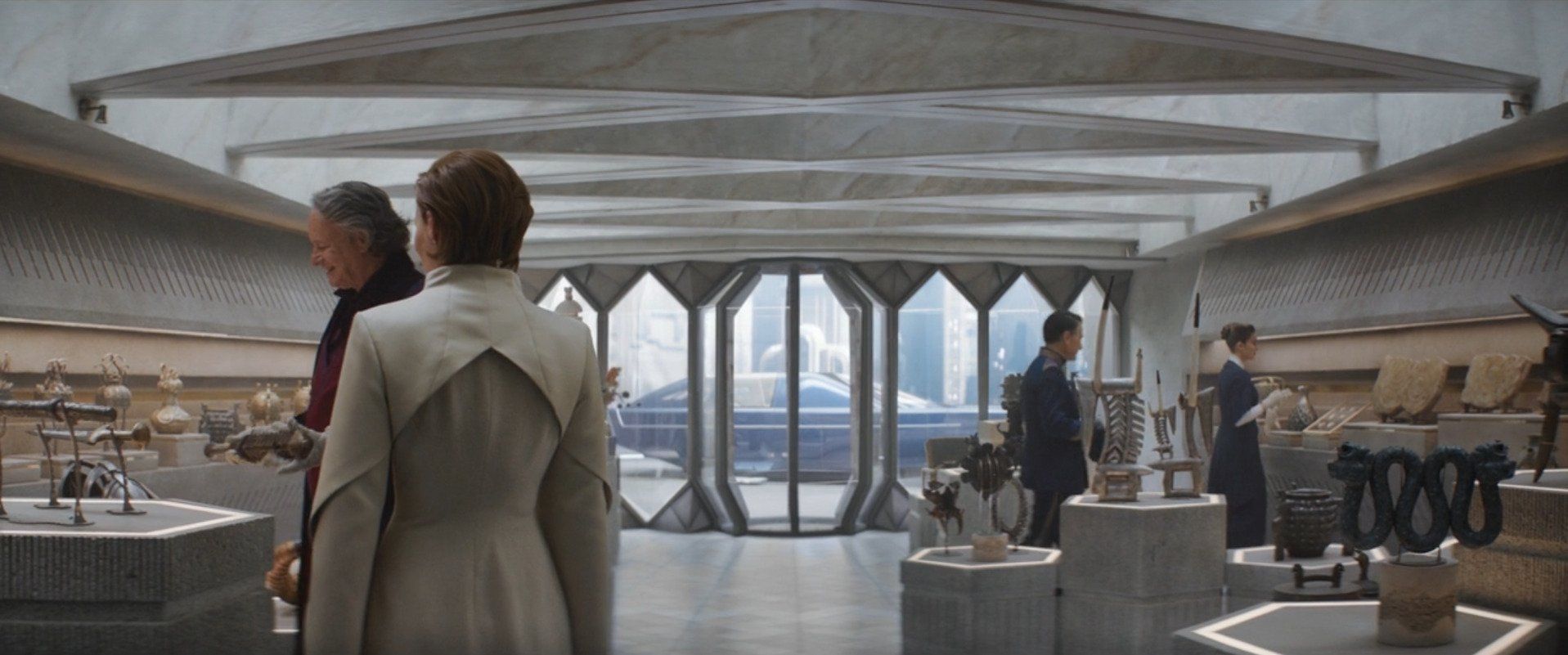
I’ve read a lot online about Luthen’s shop, and people have been very excited about the things they’ve seen on the shelves. What’s the process of choosing how to populate a set like that with all of these things?
Luke Hull: It’s trying to not populate it with all those little things that I seem to spend most of my time filling in. Like I said, we’ve got some fantastic people on the show. Some are fans, and some aren’t. Things have crept in, and I think it’s fine. It’s fine to reference things like that. I don’t have a problem with that, but that’s not our sole goal with Luthen’s.
Luthen’s was a complex one to achieve, because every character is almost in disguise in a way, and Luthen more so than any. It is his persona. His Coruscant life is his persona, it’s not his reality, and that whole shop is a front for so much more. The antiquities are a way into high society and a sort of front to be in Coruscant in the first place.
Within that, obviously, you want to reference as much as possible the wider world of existing Star Wars to be able to ground it in the reality of the galaxy, and then find artifacts or versions that feel like Star Wars. They don’t feel like you are putting them in as bait for merchandising or anything like that, you know what I mean? We looked at Dryden’s ship in Solo, and it wasn’t about weapons or anything like that. [For] everything in there, the idea behind it was that it had to feel like it came from an ancient culture.
For Luthen, partly why he hates the Empire so much is that when there’s homogenizing of the galaxy through the Empire, you’re losing some history and culture. I didn’t want just trinkets in there, I suppose. Rebecca’s our set decorator who’s incredibly good at her job, and I think she’s been very clever with the prop makers about how far we go with giving fans something to talk about, and also making sure everything in their gels and feels correct.
That’s got to be a tough balance to strike. Michael, the Imperial prison jumpsuits are white and orange, and the Rebel flight suits from the film are famously orange and white. Is that a deliberate Easter egg?
Michael Wilkinson: The starting point for that prison suit design was essentially that Luke and I love the idea of a white costume in a white space, and the fantastic disorientating sort of effect of that, where you lose a sense of depth. It has a sterile sort of quality to it. And the orange flashes were coming from a practical idea that the guards would have to spot them in these white spaces, so that’s a good way of marking the prisoners.
I say feel free to read whatever else you would like into that. We can spin a story out of it.
About Andor
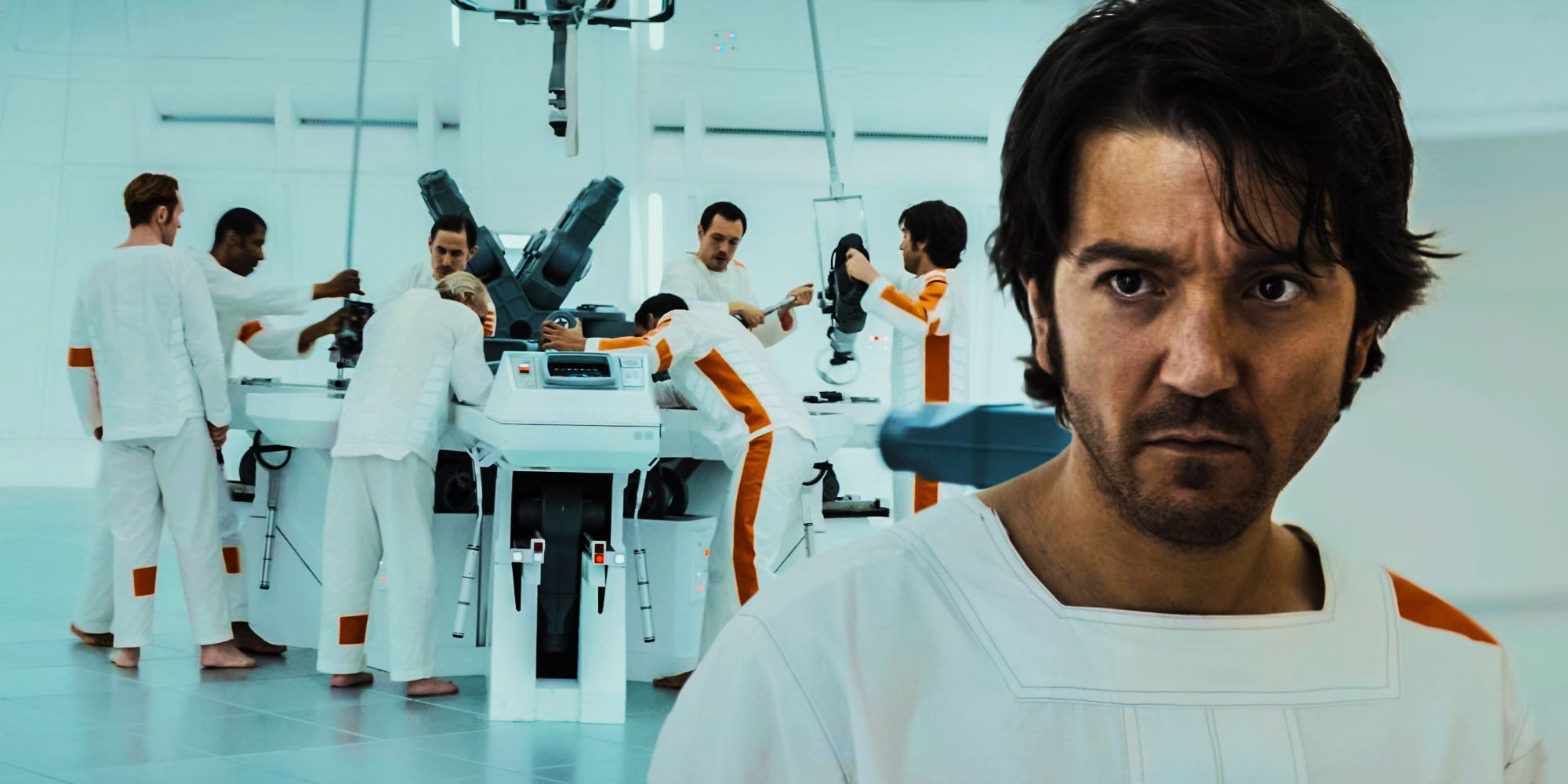
Andor will explore a new perspective from the Star Wars galaxy, focusing on Cassian Andor’s journey to discover the difference he can make. The series brings forward the tale of the burgeoning rebellion against the Empire and how people and planets became involved. It’s an era filled with danger, deception and intrigue where Cassian will embark on the path that is destined to turn him into a rebel hero.
Check out our other interviews with Andor stars here:
- Diego Luna
- Adria Arjona
- Fiona Shaw
- Kyle Soller
- Denise Gough
- Andy Serkis
- Genevieve O’Reilly
New episodes of Andor drop Wednesdays on Disney+.
